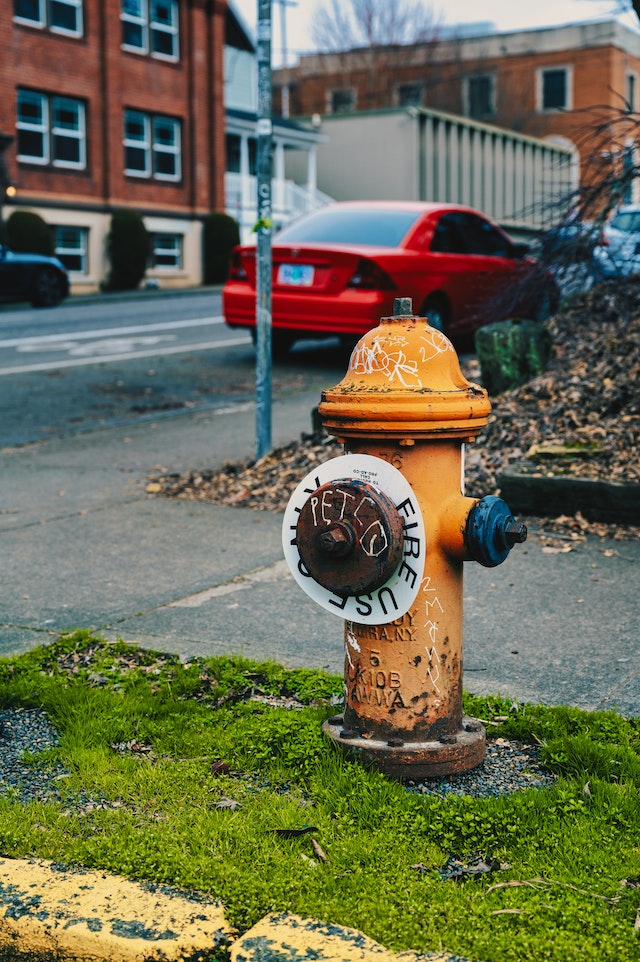In the intricate network of home plumbing systems, one unsung hero plays a crucial role in safeguarding our living spaces from potential disaster: the main water shut-off valve. Often overlooked and forgotten, this unassuming valve serves as the first line of defense against leaks, bursts, and plumbing emergencies that could cause extensive damage. In this article, we’ll delve into the importance of the main water shut-off valve, its location, maintenance, and why every homeowner should be familiar with it.
The Main Water Shut-Off Valve: A First Line of Defense
Imagine coming home after a relaxing vacation only to find your house flooded due to a burst pipe. Such nightmares can turn into reality if you’re not well-acquainted with the main water shut-off valve. This valve is responsible for controlling the water supply to your entire home. In case of emergencies, such as a burst pipe or a leaking appliance, turning off this valve can prevent further water damage until repairs can be made.
Locating the Main Shut-Off Valve
Before you can rely on your main water shut-off valve, you need to know where it’s located. In most homes, the main shut-off valve is typically found close to where the water main enters your house. This could be in the basement, crawlspace, utility closet, or even outside near the foundation. If you’re unsure about its location, it’s essential to locate it as soon as possible and ensure all family members are aware of its whereabouts.
Types of Main Shut-Off Valves
There are a few different types of main water shut-off valves commonly found in homes:
- Gate Valve: This traditional valve has a round wheel-like handle that, when turned, lowers or raises a gate-like mechanism to control water flow. While effective, gate valves can become corroded and difficult to turn over time.
- Ball Valve: Recognized by its lever handle, the ball valve uses a quarter-turn mechanism to control water flow. This type of valve is more reliable and easy to operate compared to gate valves.
- Butterfly Valve: Typically used in larger commercial buildings, the butterfly valve consists of a rotating disk that controls water flow. It’s not as common in residential settings.
Maintenance and Regular Checks
While the main shut-off valve may spend years without being touched, it’s essential to perform periodic checks to ensure it’s in good working condition. Here’s what you can do:
- Exercise the Valve: Open and close the valve a few times to prevent it from seizing due to sediment buildup or corrosion.
- Inspect for Leaks: Check around the valve for any signs of leaks or moisture. If you notice any, it might be an indication of a faulty valve that needs replacement.
- Replace if Necessary: If you have an older gate valve, consider upgrading to a ball valve, which is more reliable and easier to operate. If your valve is damaged or hard to turn, don’t hesitate to replace it.
Knowing When to Shut It Off
Understanding when to shut off the main water supply is as crucial as knowing where the shut-off valve is located. In emergencies like burst pipes or major leaks, shutting off the main valve should be your immediate response to prevent further damage. Additionally, if you’re leaving your home for an extended period, turning off the main water supply can provide peace of mind against potential water-related disasters.



